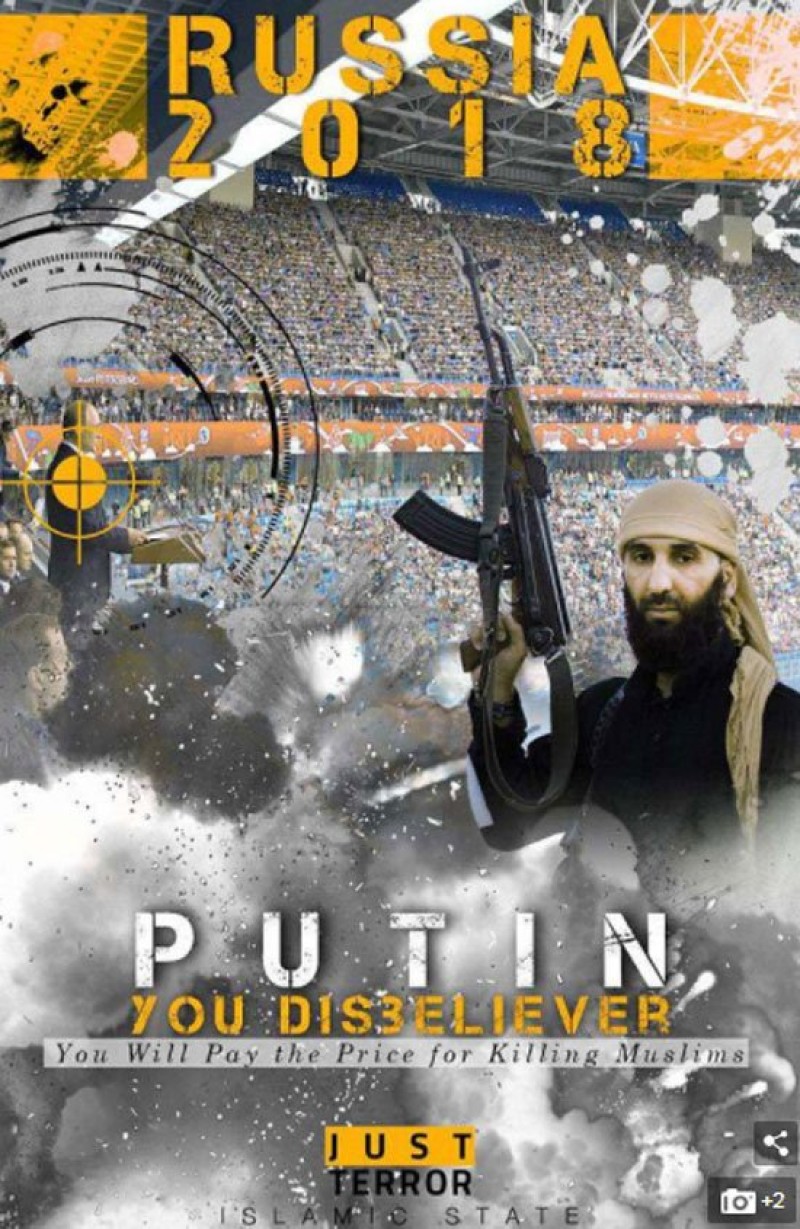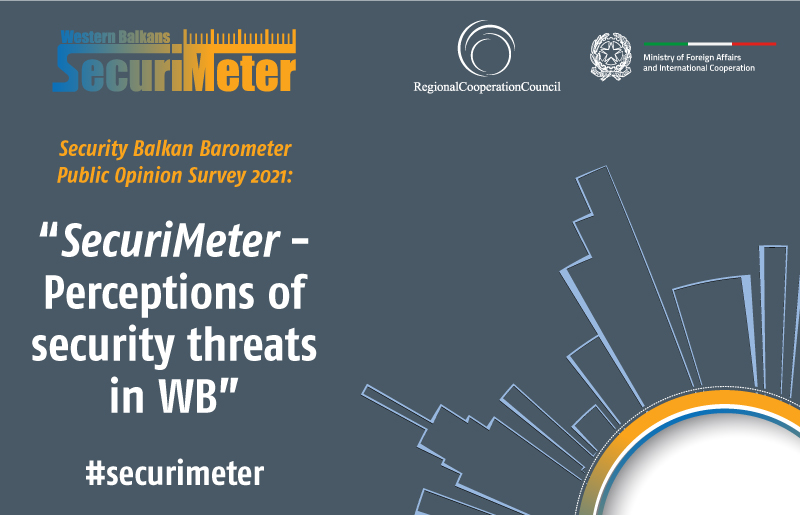- Home/
- News
Why the ‘lone jihadi’ poses the greatest terror threat to this summer’s World Cup in Russia

ISIS poster was produced by the group’s propaganda wing, the Wafa Media Foundation, which also produced posters threatening the 2018 World Cup to be held in Russia. That poster states, “Putin: You disbeliever. You will pay the price for killing Muslims. Just Terror.”
- - Security experts have named "lone jihadi" attacks the biggest terror threat during the 2018 World Cup in Russia this summer.
- - Terror threats have been driven by Russia's military involvement in Syria and separatist militancy in its disputed Northern Caucasus region.
- - By 2017, an estimated 3,417 Russian nationals had left home to fight for ISIS and 400 had returned.
Security experts have named "lone jihadi" attacks the biggest terror threat during the 2018 World Cup in Russia this summer.
Sunni Islamist militants, particularly Russian jihadists returning from conflict zones, are the primary source of concern for Moscow, according to a report released Tuesday by Jane's, the defense and security wing of IHS Markit.
The threat has been driven by Russia's military involvement in Syria and separatist militancy in its disputed Northern Caucasus region.
The Islamic State (ISIS) terrorist group has been encouraging would-be attackers to strike during the tournament, spreading propaganda material on its social media channels and via encrypted messaging platform Telegram.
One poster picked up on Telegram and shared on Twitter shows a militant wielding an AK-47 superimposed in front of a stadium and with Russian President Vladimir Putin in the sights of a target. The poster reads, "Putin: You disbeliever. You will pay the price for killing Muslims. Just terror."
Other posters display gruesome invocations of ISIS's practice of beheading its captives, with one showing a balaclava-clad militant standing beside a kneeling Lionel Messi, the Argentinian football champion, in Moscow's Luzhniki stadium.
Such propaganda and graphics are common practice for ISIS, which has used social media and elaborate digital campaigns to reach young recruits and followers around the world. So-called lone wolf attacks have been behind some of Europe's worst terror atrocities in recent years, and are expected to continue as they minimize the cost and organizational effort required of ISIS leadership.
Returning ISIS fighters
By 2017, an estimated 3,417 Russian nationals had left home to fight for ISIS and 400 had returned, according to Washington-based security consultancy the Soufan Group. That made Russia the largest exporter of foreign jihadis by country, ahead of Saudi Arabia, Jordan and Tunisia.
"Returning Russian jihadists pose a likely terrorism threat to security measures at the 2018 FIFA World Cup, motivated by their opposition to the military involvement of Russia and other World Cup participants in the Middle East, and towards Iran and Saudi Arabia," said Chris Hawkins, a senior analyst at Jane's Terrorism and Insurgency Centre (JTIC).
While many of the returning fighters will be able to be identified and detained or placed under surveillance by Russian authorities, JTIC calculates a "moderate risk" that clandestinely returned fighters will carry out attacks.
And due to their combat experience in Iraq and Syria, they will likely be "proficient in constructing and deploying viable improvised explosive devices (IEDs) and in military-standard weapon-handling," according to Hawkins.
Returning militants are, however, less likely to have easy access to the necessary weapons and military-grade explosives that would enable a mass casualty attack, he added. ISIS propaganda material encourages low-level tactics like the use of vehicles and knives.
The last few years in Russia have seen a number of terrorist attacks, most notably an explosion in the St. Petersburg metro that killed 15 people in 2017 and the downing of a Russian airliner in 2015 over the northern Sinai that killed 217.
Security measures in place
Facial recognition technology has been installed on 5,000 CCTV cameras across Moscow, which is cross-matched with images of wanted individuals from across government databases and social media. Other host cities have started to install CCTV cameras, and the measures should help in detecting and apprehending potential attackers before they strike, Hawkins said.
While deemed necessary in light of terror threats, civil society and human rights activists say the technology is also used by the Russian state to surveil political dissenters and opponents of Putin's government.
The Kremlin is also expected to intensify its counter-terror operations in the majority Muslim semi-autonomous Caucasus regions of Chechnya and Dagestan, attempting to mitigate threats emanating from militant groups there.
Russia's tourism ministry expects more than 1 million foreign visitors for the World Cup, which will be held across 11 cities between mid-June and mid-July.
Source: LINK


 Development of specialized PCVE web site is funded by EU FUNDS CN 2017-386/831 - "IPA II 2016 Regional Action on P/CVE in the Western Balkans"
Development of specialized PCVE web site is funded by EU FUNDS CN 2017-386/831 - "IPA II 2016 Regional Action on P/CVE in the Western Balkans"